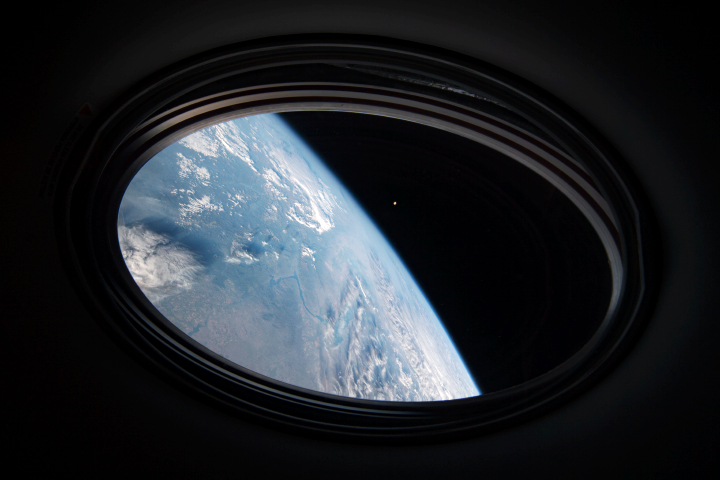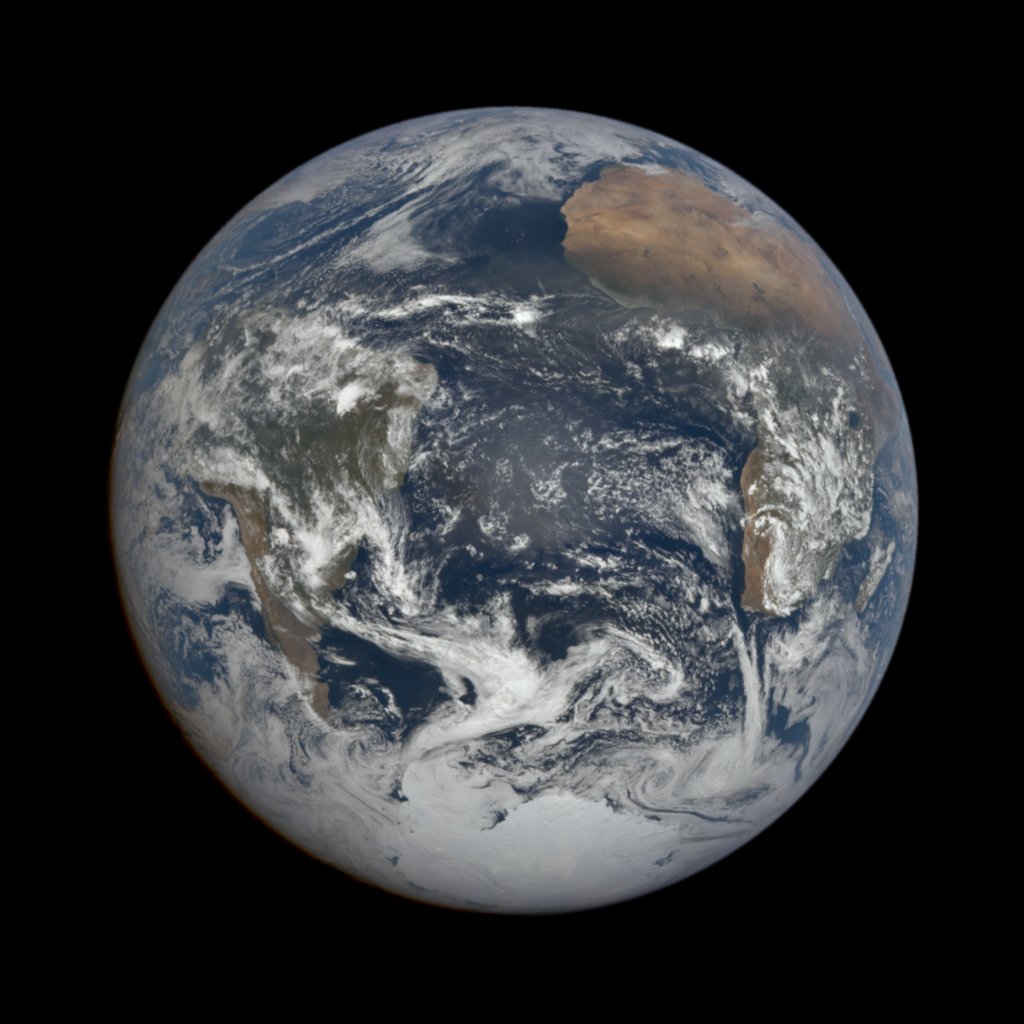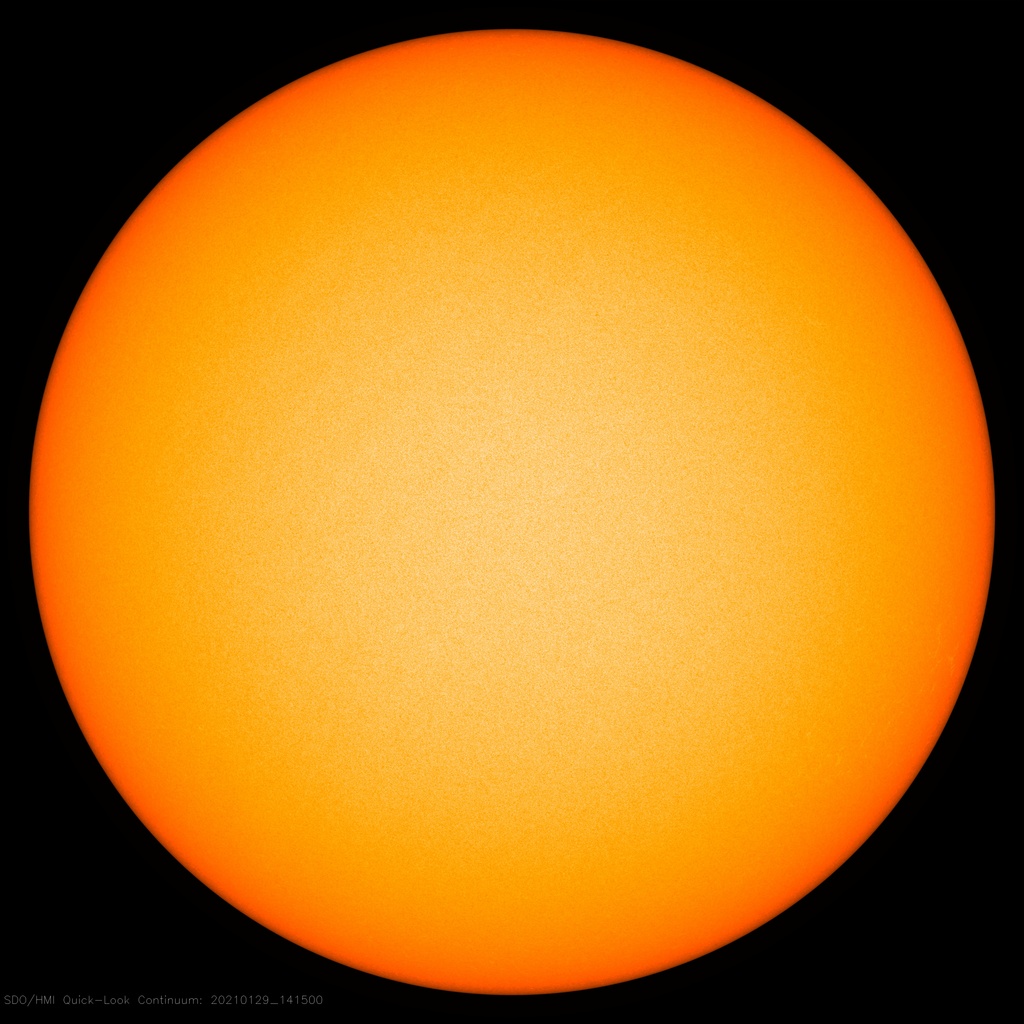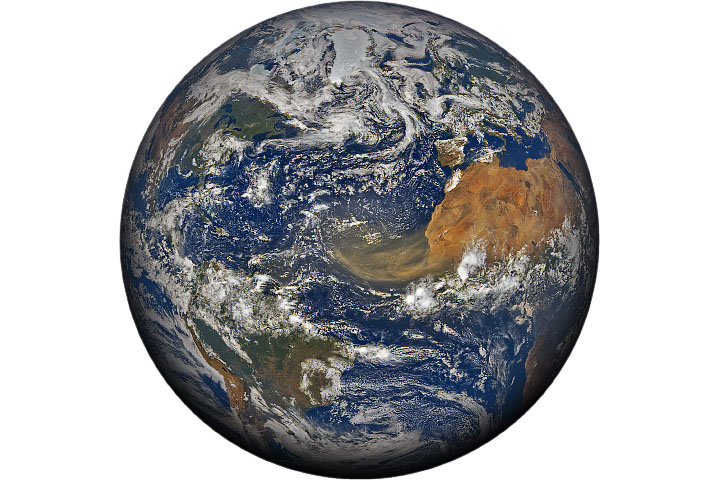
The #CountdownToMars is on! We can hardly believe that the @NASAPersevere rover is just ONE day from touching down in Jezero Crater. 🎉
No one has set foot in the crater, but we have some ideas of what to expect thanks to Lake Salda in #Turkey. 🚀
earthobservatory.nasa.gov/blogs/earthmat…
No one has set foot in the crater, but we have some ideas of what to expect thanks to Lake Salda in #Turkey. 🚀
earthobservatory.nasa.gov/blogs/earthmat…

Take a close look at photos of these four key features found near Lake Salda. The Perseverance team hopes to find similar features on Mars. 👀 

1. Microbialites
Lake Salda has hydromagnesite sediments eroded from large mounds called “microbialites”—rocks formed with the help of microbes. It would be huge news, if Jezero Crater has microbialites as well.
Lake Salda has hydromagnesite sediments eroded from large mounds called “microbialites”—rocks formed with the help of microbes. It would be huge news, if Jezero Crater has microbialites as well.

2. Rock Deposits in Deltas
By studying how stones settled in Lake Salda’s alluvial fans, the team can learn more about the depositional processes at Jezero.
By studying how stones settled in Lake Salda’s alluvial fans, the team can learn more about the depositional processes at Jezero.

3. Groundwater Seeps
Groundwater springs at Lake Salda like this play an important role in altering the lake chemistry and influencing the environment for microbes. Might Jezero have had them as well?
Groundwater springs at Lake Salda like this play an important role in altering the lake chemistry and influencing the environment for microbes. Might Jezero have had them as well?

4. A Variety of Shoreline Rocks
At Jezero, we can detect a mixture of watershed minerals and possibly additional carbonate along the margins of the crater from orbit. Could these deposits be similar to the mixture of beach sediments we see at Lake Salda?
At Jezero, we can detect a mixture of watershed minerals and possibly additional carbonate along the margins of the crater from orbit. Could these deposits be similar to the mixture of beach sediments we see at Lake Salda?

For updates on the mission, follow @NASA, @NASAPersevere, @NASAJPL, @NASAMars, @NASASolarSystem and @NASAAstrobio
• • •
Missing some Tweet in this thread? You can try to
force a refresh










